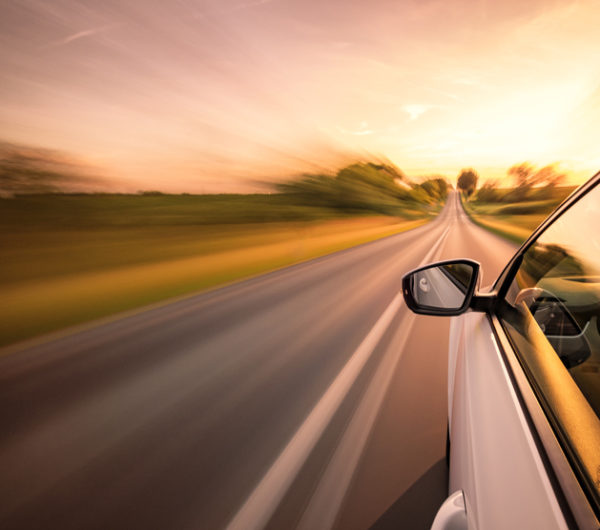Speeding is a Deadly Epidemic On Georgia Roads
Motorists need to take responsibility and put safety first.
As any Georgia motorist can easily observe, speeding is a massive problem on our roads and throughout the country. According to the National Highway Traffic Safety Administration (NHTSA), speeding is a factor in about 29% of fatal car accidents. And the problem is only getting worse: speed-related fatalities increased by 17% from 2019 to 2020, and another 5% from 2020 to 2021.
According to the Georgia Governor's Office of Highway Safety, speed-related fatalities in our state peaked at 380 in 2020. In 2021, there were 369 speed-related traffic deaths, which is still more than twice what we saw a decade ago. In short, speeding drivers are an epidemic, and too often, someone else pays the price for their recklessness. That's why Georgia motorists and other road users need to know their rights and how to protect themselves in the event of an encounter with a speeding driver.
What makes speeding so dangerous?
Speed limits exist for a reason: road safety. Some of the reasons speeding drivers are more likely to cause severe and fatal accidents include:
- Increased stopping distance. A speeding driver needs more room to stop, which means less time to react to a stopped vehicle or another hazard in the road.
- Potential loss of control. At high speeds, a driver is more likely to lose control of their vehicle while navigating a turn or after hitting a pothole or object in the road.
- Greater force of impact. The faster a car is going at the moment of impact, the greater the force of impact, increasing the risk of severe and fatal injuries to occupants of either vehicle.
Speeding is especially dangerous under less-than-ideal driving conditions, such as at night or in rain, snow, or fog. At night, speeding drivers often over-drive their headlights, meaning their stopping distance is longer than the distance their headlights illuminate.
It's also important to note that speeding drivers are often careless drivers more broadly. They may be distracted, under the influence, or driving while tired. They are more likely to take risks such as changing lanes without looking, turning without signaling or passing another motorist illegally. In short, high speed is a visible indicator that a motorist is unsafe and should be given a wide berth.
Safety tips for driving near a speeding car
If you see someone speeding near you on the road, there are steps you can take to protect yourself and your passengers from a collision. Some of the best practices for driving near a speeding motorist include:
- Leave as much space as possible between your vehicle and speeding vehicles, as they are more likely to weave, take wide turns, or change lanes without warning.
- If you are in the left lane on the highway, move over when it is safe to do so in order to let the speeding motorist pass you.
- When being tailgated by a speeding driver, maintain additional following distance from the car in front of you so that you can change lanes or allow the following driver to pass you. Use your best judgment to get out of the speeding motorist's way when possible.
- If you believe you are being harassed or targeted by an aggressive driver, call the police immediately.
At the end of the day, however, you can only control yourself, not other drivers. No matter how defensively you drive, it only takes one careless or reckless driver to cause a life-altering wreck. That's why it's so important to pursue accountability when speeding drivers cause accidents.
What to do if you're involved in an accident with a speeding driver
There are three things you need to do right away if you are hit by a speeding driver. First, call the police and remain at the scene until they arrive. The police will secure the scene, and the accident report will become a key piece of evidence in your claim. You also need to exchange contact and insurance information with the other driver, get contact information for any witnesses, and take pictures of the scene, skid marks, vehicle damage, and any visible injuries. Physical evidence from the scene and eyewitness testimony are both important to prove that the driver was speeding.
Second, get medical attention right away. This is important for your health, and it also creates a record of your injuries. Be sure to tell the doctor about all of your symptoms, head to toe. Follow your doctor's instructions and keep copies of all medical records, including visit summaries, doctor's orders, prescriptions, bills, and so on.
Third, call an attorney. You need an experienced car accident lawyer on your side to start investigating quickly, before critical evidence disappears and witnesses forget what happened. You also need an attorney to deal with the insurance company on your behalf — so you can focus on healing and rebuilding your life.
At Gary Martin Hays & Associates, we've been helping Georgia families recover since 1993, and we have the experience and resources needed to fight for accountability and justice for you. Schedule your free consultation by calling 1-800-898-HAYS today.


 Find a location near you
Find a location near you